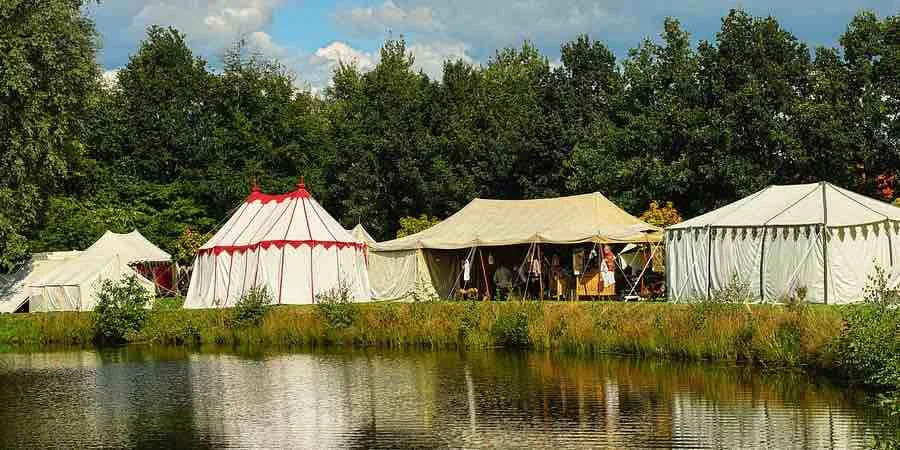Elves have their roots in Norse and Germanic mythology, where they were known as "álfar," considered supernatural beings of great beauty and power, endowed with magic and a close connection with nature.
In ancient Norse legends, they were described as nature spirits, protectors of the forests, and intermediary beings between the gods and humans. Therefore, they were worshipped through rituals and offerings intended to obtain their favor and protection.

Elven characteristics
Elves are classified into two main categories: light elves (Ljósálfar) and dark elves (Dökkálfar or Svartálfar).
- Light Elves (Ljósálfar): Beings of great beauty, associated with light and goodness. Known for their healing abilities and their association with the sun.
- Dark Elves (Dökkálfar or Svartálfar): Inhabitants of the depths, associated with darkness, with craft skills, they were related to the earth, and could be both benign and malignant.
Physically, elves are described as men and women of great beauty, possessing pointed ears, fair skin, and bright eyes.
They were attributed exceptional longevity, and even immortality in some traditions.
Her magical powers included the ability to cure diseases, influence nature, and predict the future.
They lived in harmony with nature, inhabiting forests, leafy areas, rivers, seas or any space linked to nature.
They were reserved beings who preferred to stay away from humans, although they occasionally interacted with them, either to help them or to play tricks. Their personalities were unpredictable and could vary depending on their lifestyle and the community around them.
Their clothing is also influenced by this, But, in general, they tend to wear clothes in green and brown tones, very similar to natural ones, which would allow them to camouflage themselves with the environment.
They enjoyed music and dance, and were said to hold festivals in forest clearings at night.
Their society was organized into communities led by kings or queens, and their culture valued beauty, harmony, and wisdom.

Authentic legends about elves in Norse mythology
In Norse and Germanic mythology, elves (álfar) were magical beings associated with nature and light, and often linked to the gods. Although their role varies depending on the source, their presence reflects the ancient Scandinavian cultures' respect for the invisible and the spiritual.
One of the most prominent figures is Völundr, the elven smith , also known as Wayland .
His story appears in the poem Völundarkviða , which tells of his capture by King Níðuðr, who cut his sinews to prevent him from escaping. However, Völundr manages to take revenge and escape with wings that he makes himself, demonstrating his magical skill and cunning.
Another figure with mythological support is Byggvir , a servant of the god Freyr, mentioned in the poem Lokasenna .
Although a minor character, he embodies the connection between elves, agriculture, and fertility. His association with barley and beer refers to the importance of the harvest in Old Norse life.
These legends show elves as powerful, mysterious beings deeply connected to nature, magic and the gods .
In Norse folklore, they were not just fantastic creatures, but manifestations of the spiritual world and the invisible forces that governed the destiny of humankind.

Evolution in Popular Culture
Over time, the image of elves changed, especially with the arrival of Christianity, which reinterpreted these beings as mischievous or even evil creatures. However, in literature and art, elves continued to be depicted as magical and beautiful beings.
In modern literature, JRR Tolkien played a pivotal role in redefining elves. In his work "The Lord of the Rings," they are noble, wise, and powerful beings with a deep connection to nature and magical abilities.
This representation, although not the first, was the best known, and the one that influenced numerous fantasy works, consolidating an elf archetype that endures to this day.
Don't forget to visit our Medieval Shop , and discover elf-inspired items, like this Dark Elf Throwing Knife , and much more.










